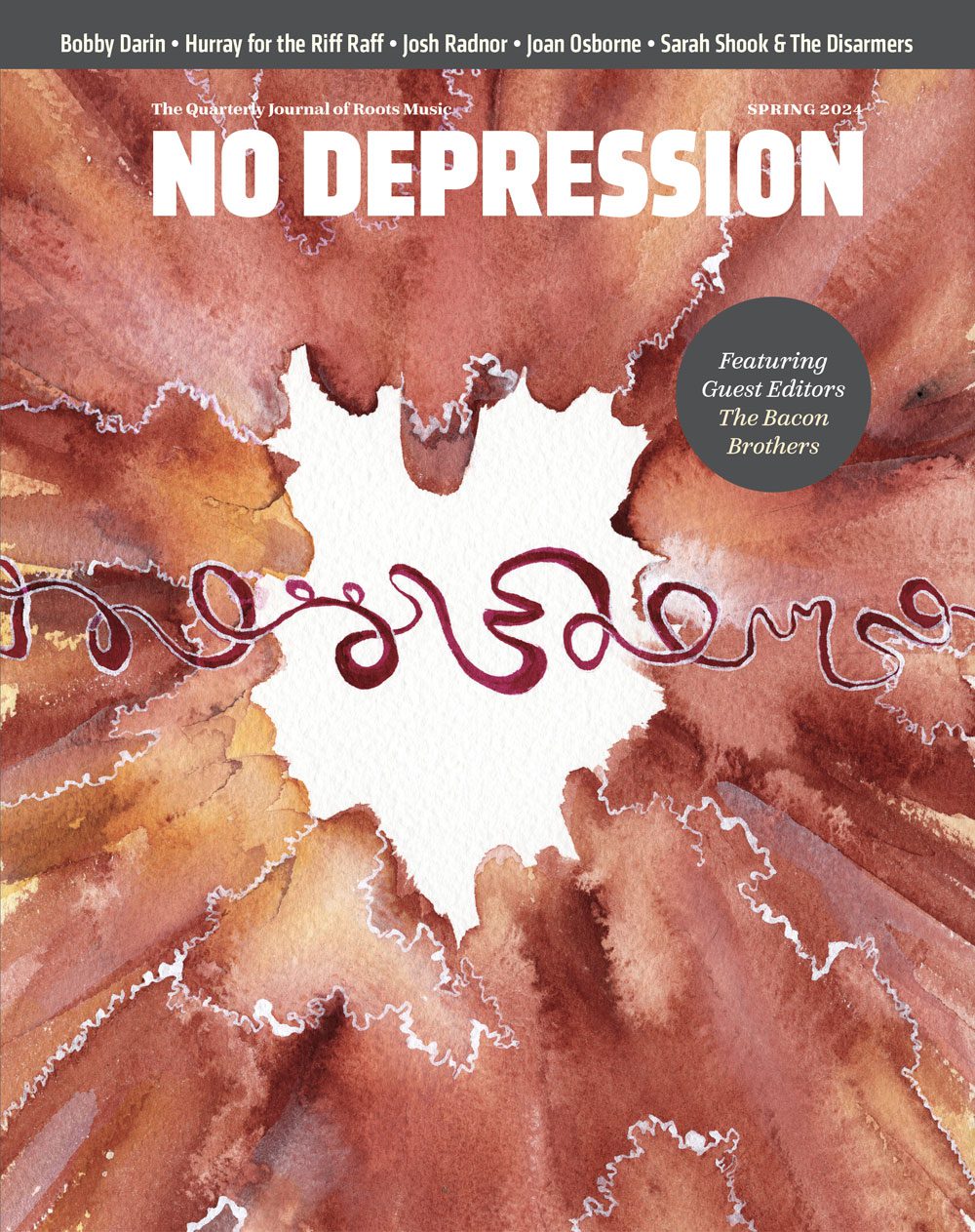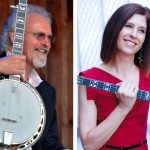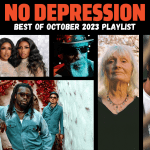50 Years after Fincastle, the Story of Bluegrass Continues
This weekend marks the 50th anniversary of the first multi-day bluegrass festival, held at Cantrell’s horse farm in Fincastle, Virginia, on Labor Day weekend of 1965. For three days, bluegrass fans traipsed down from New York City, Washington, D.C., Buffalo, New York, Kentucky, further west and south as well as nearby Roanoke to turn some empty fields into what has become a legend – a place where magic happened. The festival created a way to enjoy a kind of music that endures, and thrives to this day. A more-or-less contemporaneous article by Mary Greenman Green appeared in a 1973 issue of Carlton Haney’s Muleskinner magazine, edited first by Haney himself, and later by Fred Bartenstein. That article, called “The First Festival,” is available here. If you want to luxuriate in memories, pictures, and films of that now historic weekend, you can read even more on the remarkable website, still being assembled, that Fred Robbins has put together with the help of lots of others. Browse through the memories. All the elements were there: of course Bill Monroe & the Blue Grass Boys, Ralph & Carter Stanley, Jimmy Martin, Don Reno, and others, but also the mixture of fans from a variety of backgrounds and lives coming together to celebrate music, the outdoor setting where the weather becomes a major participant, the dust, the heat.
Now, 50 years later, there are hundreds, perhaps thousands of bluegrass events held annually across the country. From Fairfield, Maine, hard on the Canadian border, to the annual Father’s Day Festival in Grass Valley, California, presented by the California Bluegrass Association. There’s YeeHaw Junction, a 20-year-old event now under its fourth promoter, held in a pasture next to the “World Famous Desert Inn.” The inn is an old whorehouse frequented by Florida cowboys in Florida’s florid past. This weekend, my wife and I are in southern New Jersey for the 44th annual Delaware Valley Bluegrass Festival. It’s the third festival we’ve attended this summer held in a fairground setting. Fairgrounds are uniquely appropriate and convenient venues for bluegrass festivals. They have open space, some have water and electricity, they usually have barn-like buildings to provide some protection from the weather, and they’re often little used, frequently for rent to promoters. The spirit of Fincastle will be here this weekend, as it will also be at Thomas Point Beach in Maine; Grapeland, Texas; Pagosa Springs, Colorado; and Curryville, Missouri.
While, as Mary Green noted in her 1973 article, the Cantrell Horse Farm took some hunting around to find, today the GPS will take fans and musicians right to the gates. Back in 1965, the setting and the accommodations were pretty primitive. Many of those who came to Fincastle in cars slept in them. Others brought the canvas tents available in those days. Today, some people arrive in half-million-dollar motor homes with automatic satellite TV antennas aimed at the sky, four slides, king size beds, generators, and air conditioning. Also, though, many people arrive in well-worn travel trailers that have seen many a dusty field. Around the edges, here at the Salem County Fairgrounds, cluster a number of tents with awnings set up, field kitchens, and pickin’ tents ready for all-night jams. Because wherever bluegrass music is presented, you’ll find field pickers clustering together to recreate music, and, in many ways, the vibe that must have existed on that field in Virginia.
The economics of bluegrass have changed the details of festivals but not the essence of the scene. Our relatively richer and more level playing field has filed off some of the edges that were present there, although local farmers still eye certain elements of youth culture with suspicion. Many more professional bands crisscross the country in tour buses, vans, and cars to play at these festivals. However, it’s no longer possible for a band to make anything like a living by coming to an event and staying for three days of picking as, amoeba-like, they form, reconfigure, split, and re-joined to perform under the umbrella of “The Story of Blue Grass,” created on-the-fly by Carlton Haney to celebrate Bill Monroe and his ever-changing Blue Grass Boys. Instead, nowadays, bands must play two or three events over a four-day weekend, often driving 1,500 miles or more to get from festival to festival. There’s no more time for “The Story of Blue Grass” and then, of course, many have left us, too.
But the community still gathers each weekend of the summer in a field someplace, where it creates an entire society for four or five days. From the arrival of volunteers to set up the site, a village replete with (temporary) homes, stores (vendors), and both professional and home-made entertainment is created, thrives, and then dissolves until the next time. There are authentic feelings of excitement, nostalgia, anticipation, and then sadness as the weekend ends and we all drive home to the “real” world.
Even in 1965, 20 years after the explosion that Earl Scruggs and Lester Flatt created when they joined Bill Monroe and the Blue Grass Boys on the stage at the Grand Old Opry, Monroe might be forgiven for having become enamored with his image as the Father of Bluegrass. Perhaps the questing spirit that led him to create this musical style, and which still animates the discovery of new ways to express it, had been somewhat lost in his joy at the recognition that Carleton Haney’s creation for Sunday afternoon became as “The Story of Blue Grass.”
The sentimental songs many attach to their genesis on Appalachian back porches are often more likely to have come from the pens of professional songwriters in the late 19th and early 20th centuries. Nonetheless, those songs have become the bluegrass standards so many love to hear and play. Still, Monroe was an innovator, a crusader, a musical genius whose constant advice to others was to tell them, in his own inimitable style, to find their own voices. And, over the years, with technology and society changing, no matter who seeks to stop the changes, new voices emerge, evolve, thrive and continue the tradition, or shrivel and die. For the story continues. The Story of Bluegrass tells of treasuring the past, while nurturing the future.




